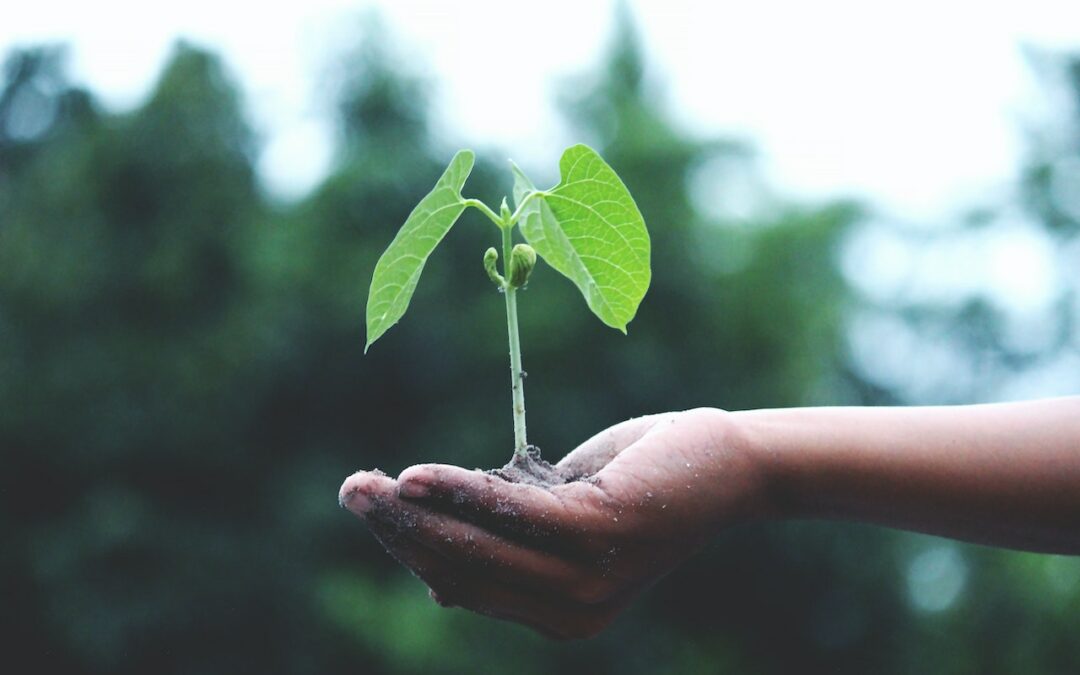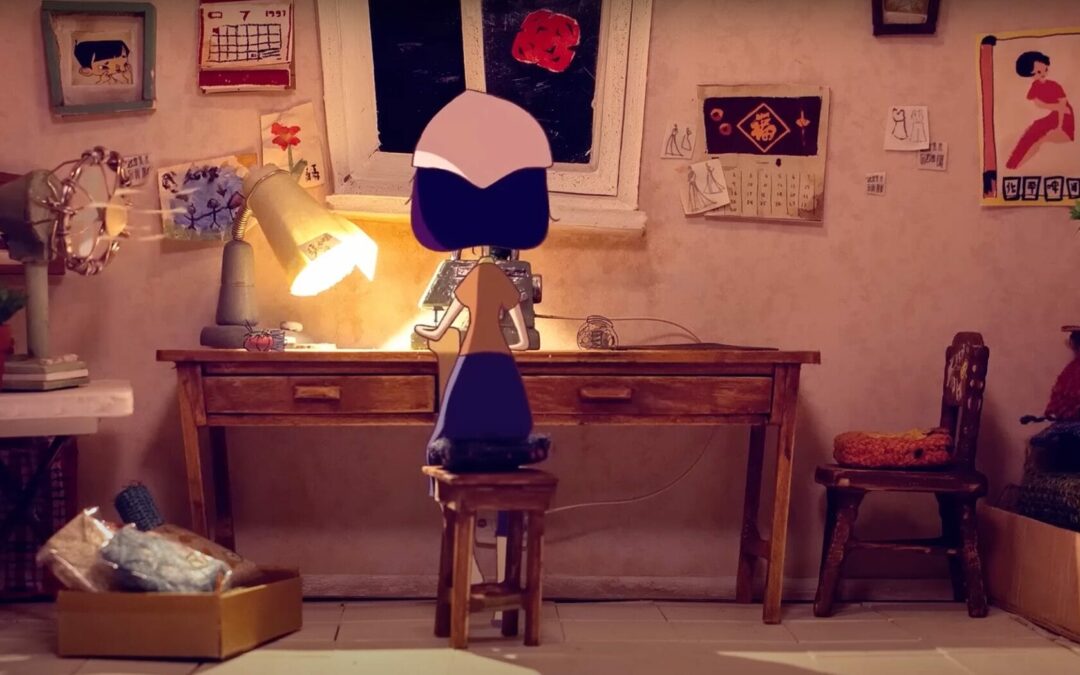
by Komoneed | Apr 18, 2024
Researchers from UNSW Sydney have examined the untapped solar potential of residential buildings across Australia. Their report found that people living in apartments, social housing and private rental houses are missing out on $9.3 billion per year in possible cost savings.
While Australia may be a world leader in residential photovoltaic deployment, with rooftop solar installed in almost one in three houses, most of those houses are owner–occupier dwellings — leaving rentals out of the equation.
The report, ‘Rooftop Solar Potential of Australian Housing Stock by Tenure and Dwelling Type’ was commissioned by Solar Citizens and conducted by researchers from UNSW School of Photovoltaic and Renewable Energy Engineering in collaboration with the Australian Photovoltaic Institute. It found total potential for rooftop solar installation is estimated at approximately 61 gigawatts (GW), which could reduce greenhouse gas emissions by 785 megatonnes over the next 20 years.
The research involved an analysis of all residential buildings in Australia in order to estimate how many extra solar panels could be installed on those sites. As of June last year, approximately 15.1 GW of residential solar is installed in Australia.
The report found there is approximately 45.8 GW of unrealised potential solar energy on houses and apartments across the country — three times the number of panels currently installed on roofs. New South Wales, Victoria and Queensland were found to have the highest share of this solar potential across the country.
“Our analysis found the power of solar can deliver average annual household bill savings of $1300 each year,” said Dr Mike Roberts, UNSW Senior Research Fellow and one of the authors on the report.
“Apartments are another housing type where government investment now will pay high dividends in cheaper bills and less emissions for long into the future,” he said.
Apartment buildings are missing out on three gigawatts of solar power, Roberts said. Social housing and the rental sector — which include both houses and apartments — are missing out on more than two gigawatts and 12 GW respectively.
Roberts said apartment residents could be saving an average of $500 to $700 a year on their energy bills and could be paying off the system in five years or less.
“While we have seen recent action on solar for social housing through collaboration between several state and federal governments, this approach should be fast-tracked to a greater number of social homes, given the outstanding cost savings on bills and other benefits delivered,” he said.
The report makes it clear, Roberts said, that certain sectors, such as social housing and rental properties, need targeted incentives to encourage more landlords to consider adopting rooftop solar.
“For rental properties, a big part of the problem is because the cost of installing solar is absorbed by landlords but the benefits go to the tenants,” he said.
“To address this, this report recommends giving tenants increased visibility of the financial benefits of solar which could be reflected in their rental rates — allowing landlords to recoup their investment costs.
“Targeted subsidies, such as Solar Victoria’s Solar Rebates for Rental Scheme, could also incentivise landlords to invest in solar, as could rule changes to allow the associated capital costs to be offset through instant tax write-offs.”
The report also found that closing the solar potential gap would create 240,000 additional job-years of employment in the solar industry, supporting those working in solar sales and installation roles — the equivalent of employing 48,000 people for five years.
“Unlocking this solar potential can return money to people’s pockets, deliver 785 megatonnes in avoided carbon emissions over 20 years and the up-front investment is repaid in bill savings for households within about five years,” said Joel Pringle, National Campaigns Director at Solar Citizens.
“Cleaner, cheaper rooftop solar energy is a win for both energy bill relief and reducing climate pollution. One in three Australian homes has now gone solar; we need greater government support to ensure the financial and health benefits are extended to all Australian households.”
Image credit: iStock.com/Photon-Photos

by Kate Mothes | Apr 18, 2024
A mother working overtime at home as a seamstress finds it difficult to carve out a few moments for her son in “Felt Love,” a poignant short film about family, togetherness, and quality time. Created by a group of students at San Jose State University as a senior thesis project in 2020, the piece combines a miniature 3D set with 2D animation to tell the story of a young boy who learns the depth of his mother’s hard work and adoration and how she learns to share that with him. More
Do stories and artists like this matter to you? Become a Colossal Member today and support independent arts publishing for as little as $5 per month. The article In ‘Felt Love,’ a Young Boy and His Mother Learn the Value of Spending Quality Time Together appeared first on Colossal.

by Komoneed | Apr 14, 2024
Resilient, Inclusive and Sustainable Environments Grants Challenge Event
jschoshinski
Thu, 04/11/2024 – 20:26
Join high-level speakers from IUCN, USAID, and Norad for a special event: ‘Together, we RISE: Resilient, Inclusive and Sustainable Environments (RISE) grants challenge winners announcement and 2024 call for proposals launch’. They will officially announce the newest RISE challenge grantee winners and launch the 2024 call for RISE grants challenge proposals. The event will provide prospective applicants a head start on essential information, including eligible countries, timelines, and thematic priorities.
The newest RISE grants challenge winners
In 2023, there were 814 applications to the Resilient, Inclusive, and Sustainable Environment (RISE) grants challenge, a unique fund addressing gender-based violence and environment linkages.
Join on April 25th to learn more about the RISE grants challenge and meet the four new RISE winners coming from around the world to share their strategies to address multiple and overlapping manifestations of gender-based violence taking place in the context of climate action, conservation, sustainable management and protection of land and natural resources in climate-vulnerable communities.
Launching the 2024 call for proposals
The event will also launch the 2024 call for RISE grants challenge proposals and provide prospective applicants a head start on essential information, including eligible countries, timelines, and thematic priorities.
Teaser Text
Together, we RISE: Resilient, Inclusive and Sustainable Environments (RISE) grants challenge winners announcement and 2024 call for proposals launch.
Event Date
Thursday, April 25, 2024, 1:00
– 2:30 pm UTC
Advanced registration required
Off
External Link
Register Here
Event Format
Virtual
Event Type
Webinar/Presentation
Topic
Biodiversity Conservation
Climate
Coastal
Gender and Social Inclusion
Marine
Resilience
Projects
AGENT – Advancing Gender in the Environment
Sectors
Gender and Social Inclusion
Add to calendar
Add to Calendar
2024-04-25 13:00:00
2024-04-25 14:30:00
Resilient, Inclusive and Sustainable Environments Grants Challenge Event
Join high-level speakers from IUCN, USAID, and Norad for a special event: ‘Together, we RISE: Resilient, Inclusive and Sustainable Environments (RISE) grants challenge winners announcement and 2024 call for proposals launch’. They will officially announce the newest RISE challenge grantee winners and launch the 2024 call for RISE grants challenge proposals. The event will provide prospective applicants a head start on essential information, including eligible countries, timelines, and thematic priorities.
The newest RISE grants challenge winners
In 2023, there were 814 applications to the Resilient, Inclusive, and Sustainable Environment (RISE) grants challenge, a unique fund addressing gender-based violence and environment linkages.
Join on April 25th to learn more about the RISE grants challenge and meet the four new RISE winners coming from around the world to share their strategies to address multiple and overlapping manifestations of gender-based violence taking place in the context of climate action, conservation, sustainable management and protection of land and natural resources in climate-vulnerable communities.
Launching the 2024 call for proposals
The event will also launch the 2024 call for RISE grants challenge proposals and provide prospective applicants a head start on essential information, including eligible countries, timelines, and thematic priorities.
Global Climate Change
team@climatelinks.org
UTC
public

by Komoneed | Apr 14, 2024
As the world transitions towards sustainable energy practices, the role of battery energy storage systems is becoming increasingly vital. These systems not only offer environmental benefits but also provide economic advantages for installers, distributors, and property owners. Let’s explore the value proposition of battery energy storage systems in each of these contexts. FOR INSTALLERS: The … Continued





